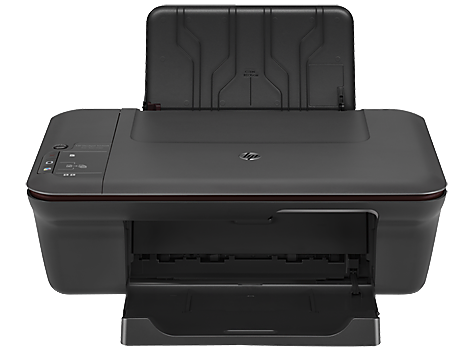

Many modern implementations deviate from the standard in this regard, however, and transceivers capable of higher speeds (1 Mbits/s) are available. Because of this limitation, the TIA-232 standard specifies a maximum baud rate of just 20 kbits/s. However, the larger signal swing does result in relatively slow communication (low baud rates), since the transition or slew rate of the transmitter output must be limited for electromagnetic interference (EMI) reasons. These relatively high voltages help extend the interface over reasonable cable connections and provide some level of noise immunity. 2: RS-232 transmit and receive waveforms (Image: Texas Instruments) Example transmit and receive waveforms are shown in Fig. Receiver circuits can reliably detect high and low states as long as they exceed ☓ V in magnitude. In many modern implementations, transceivers with integrated charge-pump circuits generate these higher voltage bipolar rails based on lower voltage logic supplies such as 5 V, 3.3 V, or 1.8 V. Logic-low or logic-high states are represented on the line as either positive or negative voltages, respectively, whose amplitudes at the transmitter output could vary from ±5 V to ☑5 V with respect to ground (assuming standard receiver loading conditions). In many modern implementations, though, physical flow control signals are often reduced in number or omitted entirely in favor of software-based flow control.
#HP DESKJET 1050 DRIVER WINDOWS 98SE SERIAL#
This flow control is present in order to ensure that systems receive serial data only when they are able to process it, so that buffer overruns do not occur when there is a mismatch in operating speeds between devices. The TD and RD (sometimes referred to as TxD and RxD) are used to transmit serial data, while the other signals help manage the flow of data between systems. Data terminal ready (DTR) from DTE to DCE.Data carrier detect (DCD) from DCE to DTE.TIA-232-F defines several different physical signals: 1: Point-to-point connection (Image: Texas Instruments) 1) and intended to operate between data terminal equipment (DTE) such as PCs and data circuit-terminating equipment (DCE) such as modems.įig. The current version of the standard is Telecommunications Industry Association (TIA)-232-F and describes a single-ended signaling scheme that is point to point in nature (as shown in Fig. RS-232, originally standardized in 1960 by the Electronic Industries Association (EIA), is one of the oldest digital communication technologies still in active use.

These standards continue to see wide adoption in industrial communications because of their robustness, ease of implementation and ability to serve common application requirements, and their usage is expected to persist for some time – despite the introduction of newer communication technologies. This article aims to help you make a more informed interface selection through a high-level overview of a few common standards: RS-232, RS-422 and RS-485, and CAN.

#HP DESKJET 1050 DRIVER WINDOWS 98SE SERIES#
In many cases interoperability concerns are the biggest deciding factor when selecting a protocol, especially if you’re designing a subsystem that must communicate with existing networks and installations, or be backwards-compatible with a previous-generation design.īut for newer applications without these restrictions, choosing the right interface implementation involves evaluating a series of trade-offs between factors such as communication bandwidth, distance, bus topologies and node counts, bus access methodologies, solution cost, and the ability to interoperate with other systems. Solutions for asynchronous serial communication between systems or subsystems include many possible interface implementations – for example, RS-232, RS-485, RS-422, controller area network (CAN), Ethernet, Local Interconnect Network, Highway Addressable Remote Transducer, IO-Link, and wireless protocols like Zigbee or LoRa.


 0 kommentar(er)
0 kommentar(er)
